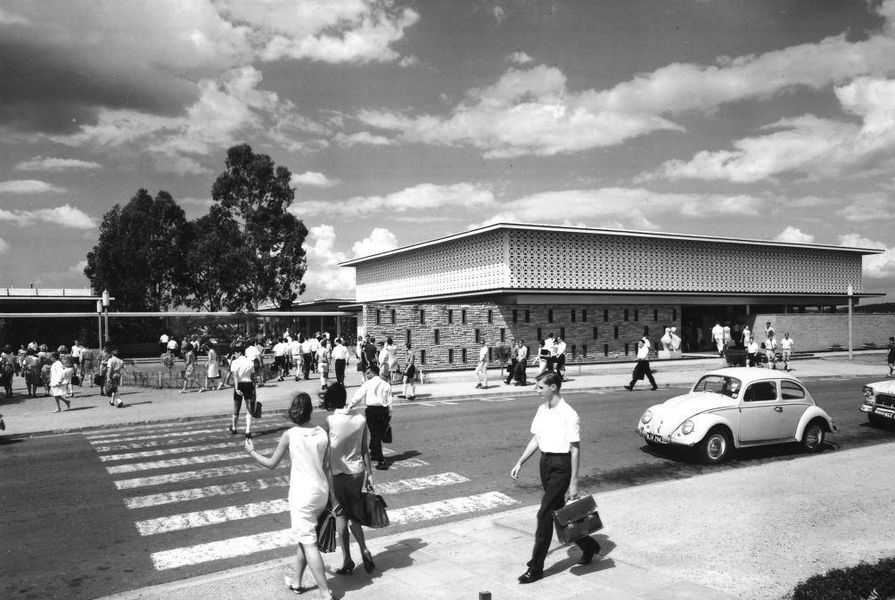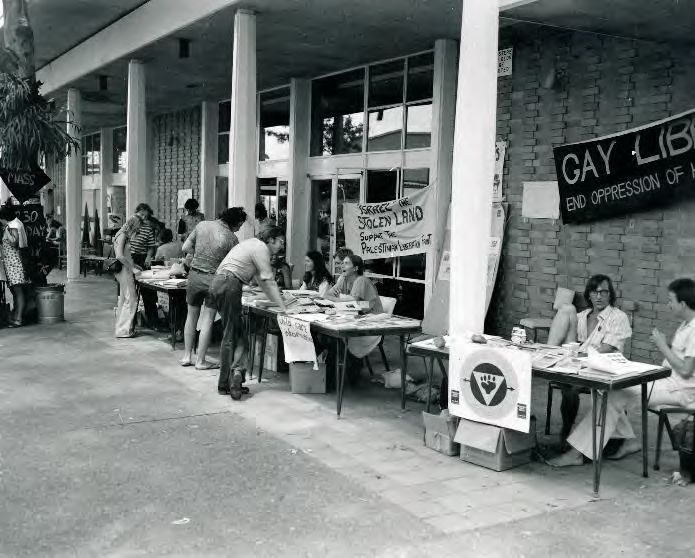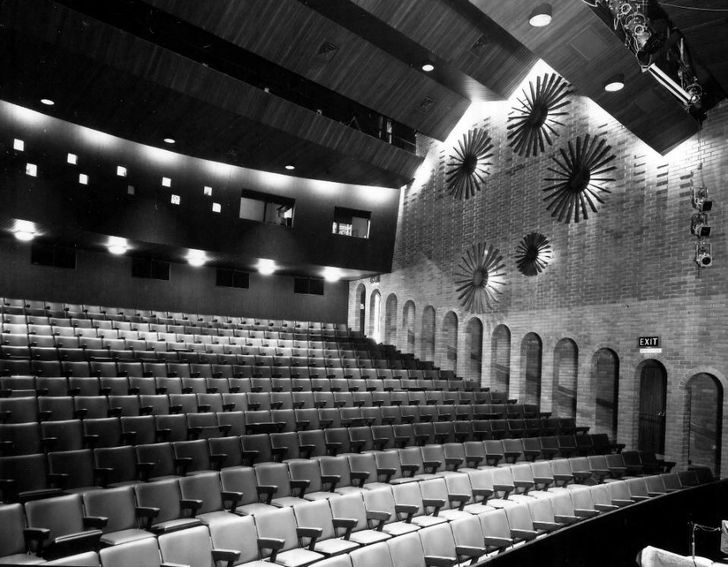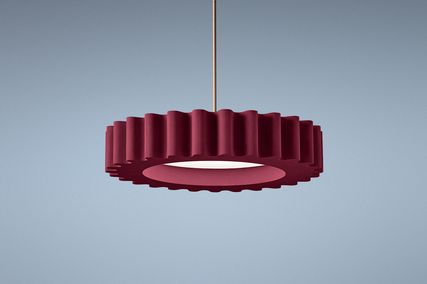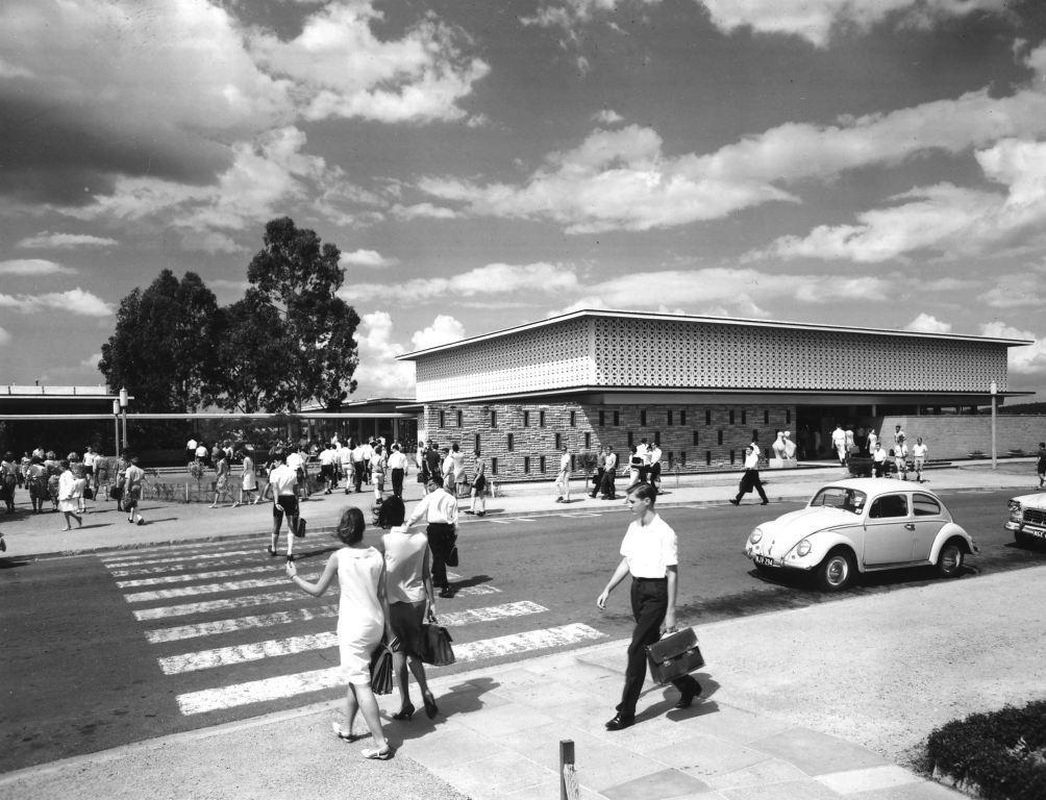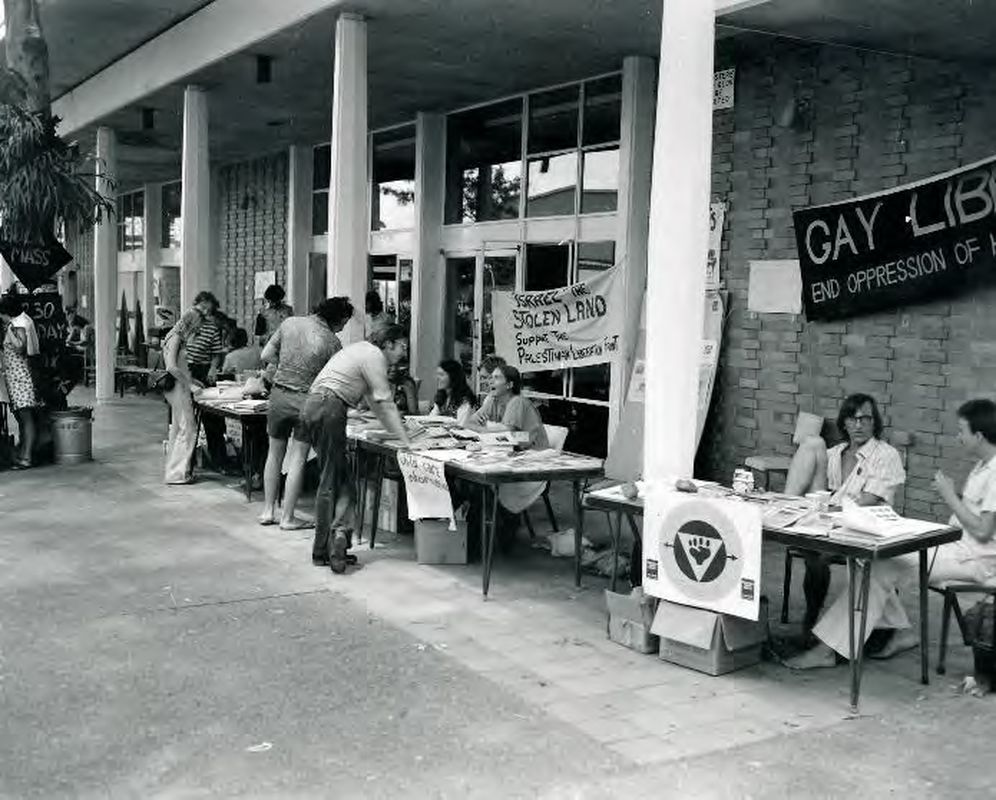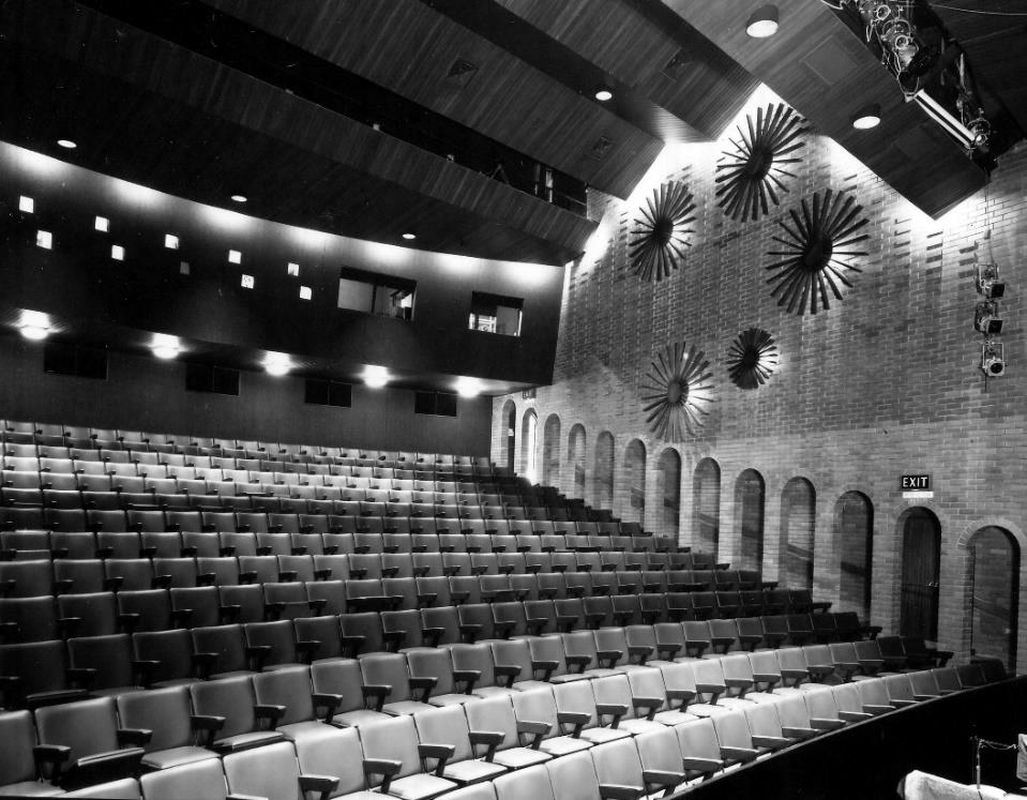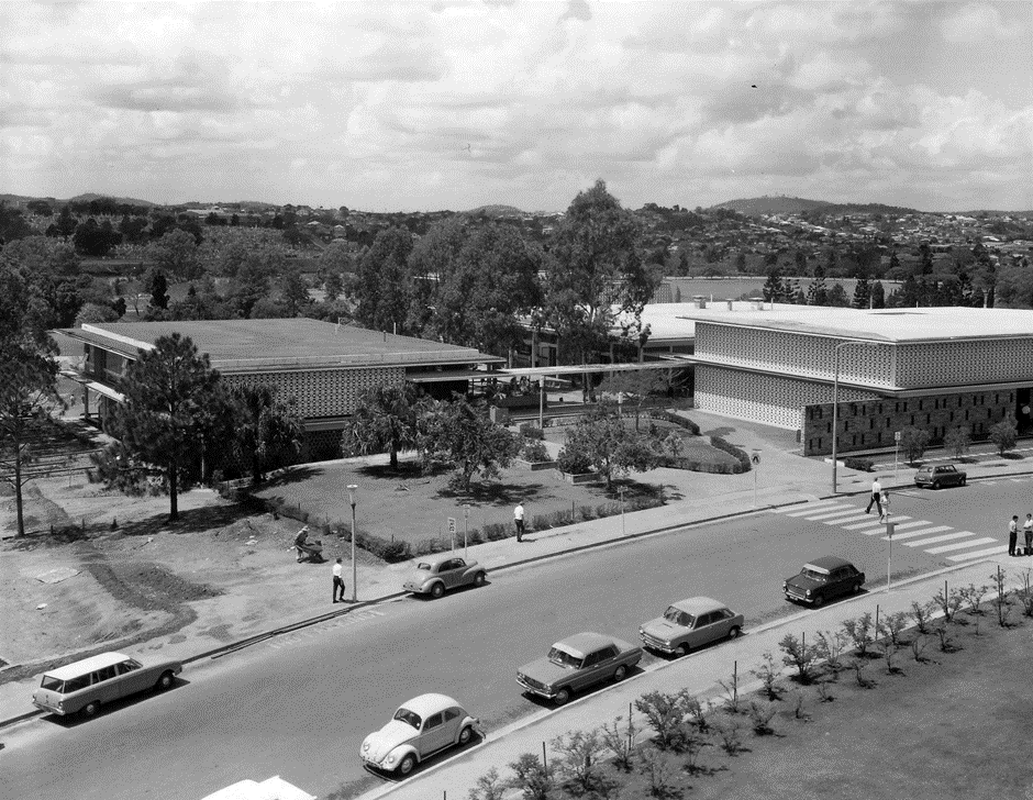A University of Queensland librarian has lodged an application to list the university’s Union Complex on the Queensland Heritage register, in a last ditch move to save it from demolition.
The UQ Union complex comprises a number of interconnected brick-and-concrete buildings on the St Lucia Campus, which were designed by Stephen Trotter (of Fulton Trotter Architects) and built in the 1960s and ‘70s by the student union.
The complex consists of the two-storey Union Building, enveloped by distinctive precast concrete block screens, the extension of the Refectory, the Relaxation Block and the Schonell Theatre, as well as the open space between these buildings, known as The Forum.
All of these buildings face demolition under plans by the university to redevelop the site and build a new “Student Hub.”
The librarian who submitted the heritage application, Jeffrey Rickertt, along with a group of UQ alumni, former student unionists and activists organized under the Save UQ Student Union Complex banner, argue that the complex is worth saving for both its architectural value and its role as “the hub of Queensland democracy.”
Stalls in The Forum, 1975.
Image: UQ archives S909
“[Since 1960] the Complex has served as the home of the UQ Union and the centre of student social, cultural and political life on campus,” reads the heritage application. “Student activities at the UQUC, whether through the union or independently, have influenced university policy and management [and] The Schonell Theatre and community radio station 4ZZZ have reshaped the cultural landscape of Brisbane.”
Queensland architect and academic Don Watson writes in an assessment of the architecture, submitted as part of the heritage application, that the complex “was an important and pioneering building of the late 1950s which established the reputation of its architect Steve Trotter.”
He explains that Trotter, inspired by prominent US architects such as Eero Saarinen and Edward Durrell Stone, combined international modernism and beaux-arts classicism with an environmental sensitivity.
“As one of the first developments outside the historic core of the campus, the complex signalled a major change of direction for the St Lucia campus and reflected Queensland’s emerging confidence as it approached its Centenary in 1959,” he writes.
A 2015 history of mid-century Queensland architecture, Hot Modernism, explains further how the architecture helped create a central meeting place that “grew into the epicentre of Brisbane’s Political dissent.”
“Architects were charged with the reconceptualization of the university from a place for elite formation to a site that could express egalitarian values, engender a sense of community and – above all – cater for mass education,” reads the entry.
The interior of the Schonell Theatre, 1971.
Image: UQ archives S909
Since the university announced its plans to demolish the complex, students have used the space to come together in protest over the future of the Schonell Theatre.
When a 2018 Site Development Plan was silent as to the future of the theatre, student union representatives presented union management with a petition to “save Schonell” with 8,000 signatures. Vice-chancellor Peter Høj later sent an email to students saying a replacement theatre would be built, but with no guarantee that students would be in charge of running the facility, as they have since its inception. At a general meeting on Wednesday 29 May – the first since the apartheid-era Springbok rugby tour in 1971 – almost 500 students voted unanimously for the replacement theatre to be student-run.
Speaking with ArchitectureAU, University of Queensland Union president Georgia Millroy explained that the union was not against the redevelopment of the theatre, which she said was “outdated, and not in the best condition.” Instead students are fighting to save what Schonell represents: an “independent, free student-led space on campus.”
“The student union built the Schonell and has it run it for 50 years,” she said. “We don’t want a situation where future generations of students are either priced out of theatre, due to external providers being given priority, or a situation where students have to censor their views to align with UQ management.”
Throughout the 70s and 80s, Schonell housed the radio station 4ZZZ, which Millroy described as “unafraid to expose the corruption that was rife within the Bjelke-Peterson government.”
“In the present day, Schonell showcases UQ’s vast and diverse performing arts scene, presenting student-run plays that often speak frankly about UQ and its associates,” she said.
The Department of Environment and Science has confirmed that it is considering the union complex for heritage listing.
To see the full heritage listing application, head here.

